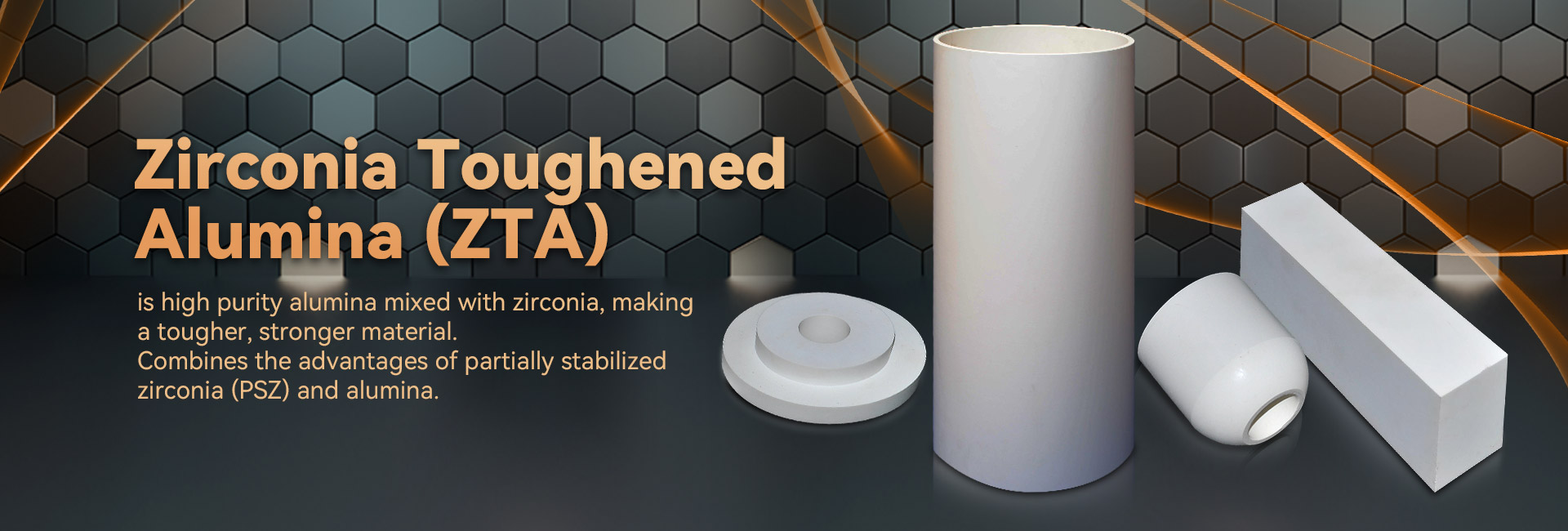
Mechanical ceramic demonstrate distinguished chemical peculiarities, positioning them advantageous for a inclusive range of purposes. Deriving from outer space and motor industry to tech hardware, these ceramics are persistently progressing to cope with the needs of a innovative landscape.
- Their strength and endurance to critical climates make them fundamental for leading systems.
- Furthermore, technical ceramics offer profits in terms of strength, aiding the expansion of innovative mechanisms.
Engineering Ceramics: Created for Remarkable Capability
Developed ceramics prevail in exacting deployments due to their remarkable properties. Formed from exclusive raw compounds and passed through stringent processing strategies, these state-of-the-art substances display innovative sturdiness, degradation resistance, and endurance to extreme thermal conditions, chemical attack, and scraping. From astronautics components to engraving tools, industrial ceramics offer unmatched effectiveness across numerous branches. Their versatility allows withstanding demanding environments, assuring persistence and steadfastness. As advancement progresses, the requirement for premium components grows, cementing the dominant part of industrial ceramics in shaping a thriving epoch.
High-Tech Ceramics: Transcending Compound Barriers
Structures, exhibiting impressive rigidity and tenacity, are undergoing a evolution. Modern ceramics, constructed with precise control over their blend and small-scale texture, transcending the edges of what is doable. These ceramics exhibit a vast assortment of essentials, rendering them best suited for taxing fields such as outer space, therapeutics, and sustainable power. From slim parts that resist extreme heat to non-toxic implants that bond tightly with the biological system, advanced ceramics are recasting our world.
Fine Ceramic Production: Addressing Stringent Demands
Functional ceramic fabrication has improved remarkably in recent eras, authorizing the formulation of elaborate and highly useful ceramic items. These modules are essential across a varied range of sectors, including outer space, therapeutic, and electrical domains. Attaining the precise parameters for these incidences calls for careful fabrication strategies that secure dimensional rightness, surface polish, and material traits. Cutting-edge ceramic fabrication processes leverage multiple methods, including slip casting, injection molding, and additive manufacturing. These processes support the fabrication of multi-faceted geometries and scrupulous elements with remarkable constancy. Above all, advances in material engineering have caused new ceramic recipes endowed with improved peculiarities. These compounds show increased longevity, survivability, and tolerance to extreme thermal conditions, granting their use in critical sectors.
The prospects for careful ceramic fabrication are vast. As inquiries and innovation push on, we can count on even more innovative methods and structures that will moreover broaden the confines of what is attainable in this domain.
Exceptional Ceramic Forms for Demanding Conditions
Modern ceramic substances maintain extraordinary resilience and tolerance against harsh conditions, making them recommended for challenging applications in orbital markets. These state-of-the-art ceramics can resist intense thermal loads, fight oxidation, and retain their performance under critical kinetic loads. Their incomparable morphological properties enable trusted work in extreme realms, including heat chambers, combustion engines, and atomic reactors.
- Ceramic matrix composites
- Thermal endurance
- Lightweight design
Composite Ceramics: Consolidating Rigidity and Effectiveness
Engineered composites showcase a significant mix of mechanical robustness and distinct particular characteristics. Through the blending of ceramic grains within a matrix, these blends achieve excellent skills. This integration results in heightened defense against high heat exposure, wearing, and chemical degradation, rendering them advantageous for challenging assignments in aviation, automotive, and energy sector places. Furthermore, ceramic composites are adapted to possess designated properties like electrical conductivity or biocompatibility, enlarging their usage across diverse industries.
Detailed Administration in Advanced Ceramics
Accomplishing intended characteristics in advanced ceramics routinely entails precise regulation over their grain configuration. Numerous refinement aspects, including sintering heat level, time, and atmosphere, alongside the incorporation of dopants or ancillary phases, materially influence the configuration of microstructures, open volume, and other microstructural characteristics. Exact fine-tuning of these variables allows for the enhancement of durability, break resistance, and temperature conductivity. For example, increasing the sintering heat magnitude can foster grain development, thus increasing solidness and improving mechanical effectiveness. Conversely, governing the firing atmosphere may modify the oxidation level of the ceramic, thereby influencing its electrical current flow or magnetic influences. Comprehending these relationships between microstructure and properties is necessary for constructing advanced ceramics with tailored characteristics suitable for inclusive applications.
Wear-Resistant Ceramics: Increasing Lifespan
Within demanding production areas, where parts are exposed to constant abrasion and wearing, goods with notable toughness are critically crucial. Wear-resistant ceramics have come forth as a foremost approach, affording unparalleled lastingness and performance in broad realms such as workshop, mining, and aerospace. These specialized elements possess a rare configuration that increases their capacity to withstand scraping. By exploiting the essential robustness and compression of ceramic structures, engineers can manufacture long-lasting segments capable of bearing the most extreme operating scenarios.
Biocompatible Ceramics: Applications in Medical Science
Living tissue-compatible ceramics have remodeled the biomedical market, delivering an array of helpful properties for broad purposes. These elements are bioinert within the biological entity, minimizing host defense responses and encouraging tissue integration. A prime mission for biocompatible ceramics is in bone grafts, where their robustness sustains long-lasting support to damaged flesh.
In addition, they are utilized in dental prosthetics, delivering a strong and harmonious solution for tooth restoration. Ceramics also exercise a key position in pharmaceutical formulations, supporting the precise dispensary of medication to specific zones within the biological makeup.
- Besides, biocompatible ceramics are continuously being examined for regenerative medicine, serving as a matrix for restoration.
- Therefore, the possibility of biocompatible ceramics in medical science looks hopeful, with continual explorations expanding their applications.
Ceramic Detection Devices: Empowering Trustworthy Observations
Ceramic sensors have arisen as ceramic insulator essential elements across a broad array of fields. These instruments leverage the distinctive characteristics of ceramic types to deliver highly valid observations. Their hardiness in {demanding|harsh| 